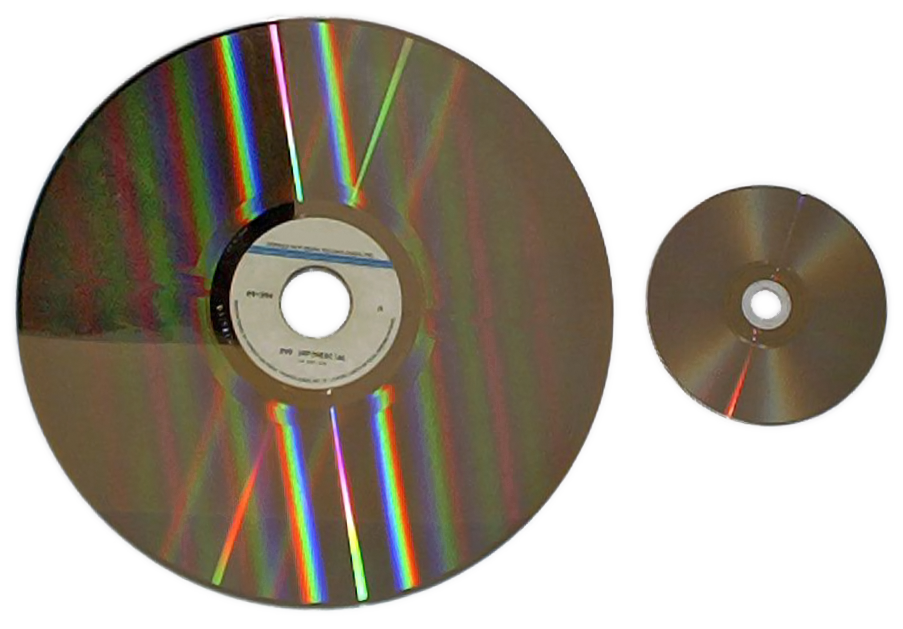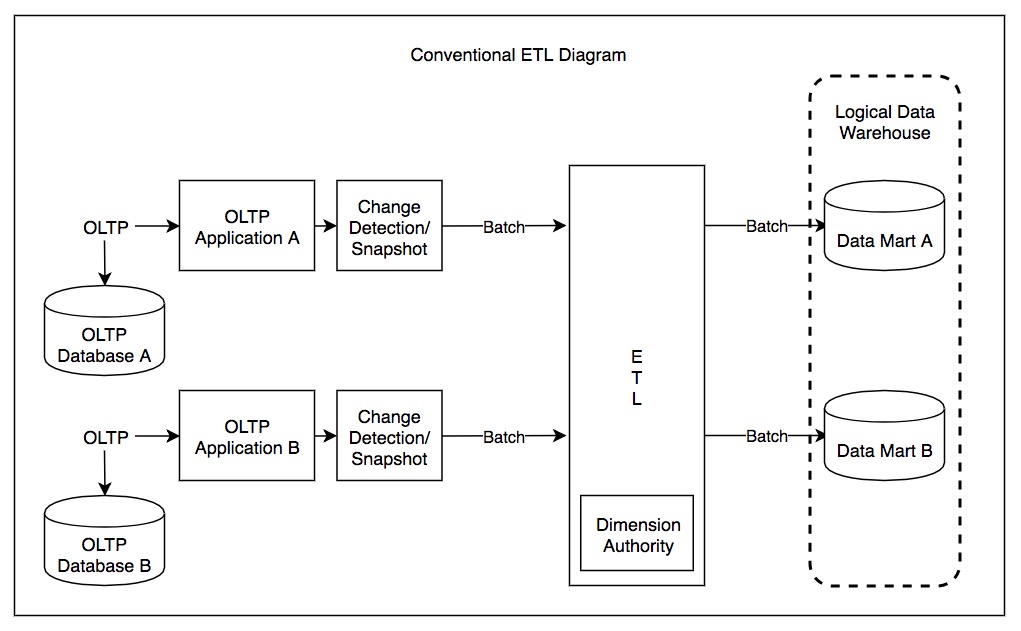|
Enterprise Report Management
Enterprise report management (ERM or ERP) systems support very high-volume generation, handling and storage of reports and documents. Many ERM systems are used for online customer self-service document generation and delivery. History ERM started out as a technology called Computer Output to Laser Disc (COLD) based on laser discs. In 2002, Mason Grigsby, known for his seminal work with INSCI in the late 1980s, promoted a name change for the technology and pointed out that "ERM" more accurately describes the process. The use of laserdiscs was replaced by the use of other optical storage technologies and is only one of several appropriate media for computer report storage. See also * ETL * SQL Server Reporting Services SQL Server Reporting Services (SSRS) is a server-based report generating software system from Microsoft. It is part of a suite of Microsoft SQL Server services, including SSAS ( SQL Server Analysis Services) and SSIS ( SQL Server Integration Servic ... References ... [...More Info...] [...Related Items...] OR: [Wikipedia] [Google] [Baidu] |
Laser Disc
The LaserDisc (LD) is a home video format and the first commercial optical disc storage medium, initially licensed, sold and marketed as MCA DiscoVision (also known simply as "DiscoVision") in the United States in 1978. Its diameter typically spans . Unlike most optical disc standards, LaserDisc is not fully digital, and instead requires the use of analog video signals. Although the format was capable of offering higher-quality video and audio than its consumer rivals— VHS and Betamax videotape—LaserDisc never managed to gain widespread use in North America, largely due to high costs for the players and the inability to record TV programmes. It eventually did gain some traction in that region and became somewhat popular in the 1990s. It was not a popular format in Europe and Australia. By contrast, the format was much more popular in Japan and in the more affluent regions of Southeast Asia, such as Hong Kong, Singapore and Malaysia, and was the prevalent rental video med ... [...More Info...] [...Related Items...] OR: [Wikipedia] [Google] [Baidu] |
Mason Grigsby
Mason may refer to: Occupations * Mason, brick mason, or bricklayer, a craftsman who lays bricks to construct brickwork, or who lays any combination of stones, bricks, cinder blocks, or similar pieces * Stone mason, a craftsman in the stone-cutting and shaping industry Organizations * Mason (Freemasonry), a general term for a Freemason * George Mason University in Virginia, US ** Its athletic program, the George Mason Patriots People * Mason (given name) * Mason (surname), an English, French or Italian surname * Mason sept of Clan Sinclair * Mason (musician) (born 1980), Dutch electronic music producer, real name Iason Chronis Places * Mason, Illinois * Mason, Grant County, Kentucky * Mason, Magoffin County, Kentucky * Masons, Maryland * Mason, Michigan, in Ingham County * Mason, Houghton County, Michigan * Mason, Nevada * Mason, New Hampshire * Mason, Ohio * Mason, Oklahoma * Mason, South Dakota * Mason, Tennessee * Mason, Texas * Mason, West Virginia * Mason (town), Wiscon ... [...More Info...] [...Related Items...] OR: [Wikipedia] [Google] [Baidu] |
Laserdisc
The LaserDisc (LD) is a home video format and the first commercial optical disc storage medium, initially licensed, sold and marketed as DiscoVision, MCA DiscoVision (also known simply as "DiscoVision") in the United States in 1978. Its diameter typically spans . Unlike most optical disc standards, LaserDisc is not fully Digital data, digital, and instead requires the use of analog video signals. Although the format was capable of offering higher-quality video and audio than its consumer rivals—VHS and Betamax videotape—LaserDisc never managed to gain widespread use in North America, largely due to high costs for the players and the inability to record TV programmes. It eventually did gain some traction in that region and became somewhat popular in the 1990s. It was not a popular format in Europe and Australia. By contrast, the format was much more popular in Japan and in the more affluent regions of Southeast Asia, such as Hong Kong, Singapore and Malaysia, and was the ... [...More Info...] [...Related Items...] OR: [Wikipedia] [Google] [Baidu] |
Extract, Transform, Load
In computing, extract, transform, load (ETL) is a three-phase process where data is extracted, transformed (cleaned, sanitized, scrubbed) and loaded into an output data container. The data can be collated from one or more sources and it can also be outputted to one or more destinations. ETL processing is typically executed using software applications but it can also be done manually by system operators. ETL software typically automates the entire process and can be run manually or on reoccurring schedules either as single jobs or aggregated into a batch of jobs. A properly designed ETL system extracts data from source systems and enforces data type and data validity standards and ensures it conforms structurally to the requirements of the output. Some ETL systems can also deliver data in a presentation-ready format so that application developers can build applications and end users can make decisions. The ETL process became a popular concept in the 1970s and is often used in d ... [...More Info...] [...Related Items...] OR: [Wikipedia] [Google] [Baidu] |
SQL Server Reporting Services
SQL Server Reporting Services (SSRS) is a server-based report generating software system from Microsoft. It is part of a suite of Microsoft SQL Server services, including SSAS (SQL Server Analysis Services) and SSIS (SQL Server Integration Services). Administered via a Web interface, it can be used to prepare and deliver a variety of interactive and printed reports. The SSRS service provides an interface into Microsoft Visual Studio so that developers as well as SQL administrators can connect to SQL databases and use SSRS tools to format SQL reports in many complex ways. It also provides a 'Report Builder' tool for less technical users to format SQL reports of lesser complexity. SSRS competes with Crystal Reports and other business intelligence tools. History Reporting Services was first released in 2004 as an add-on to SQL Server 2000. Subsequent versions have been: * Second version with SQL Server 2005 in November 2005 * Third as part of SQL Server 2008 R2 in April 2010 * Fou ... [...More Info...] [...Related Items...] OR: [Wikipedia] [Google] [Baidu] |

